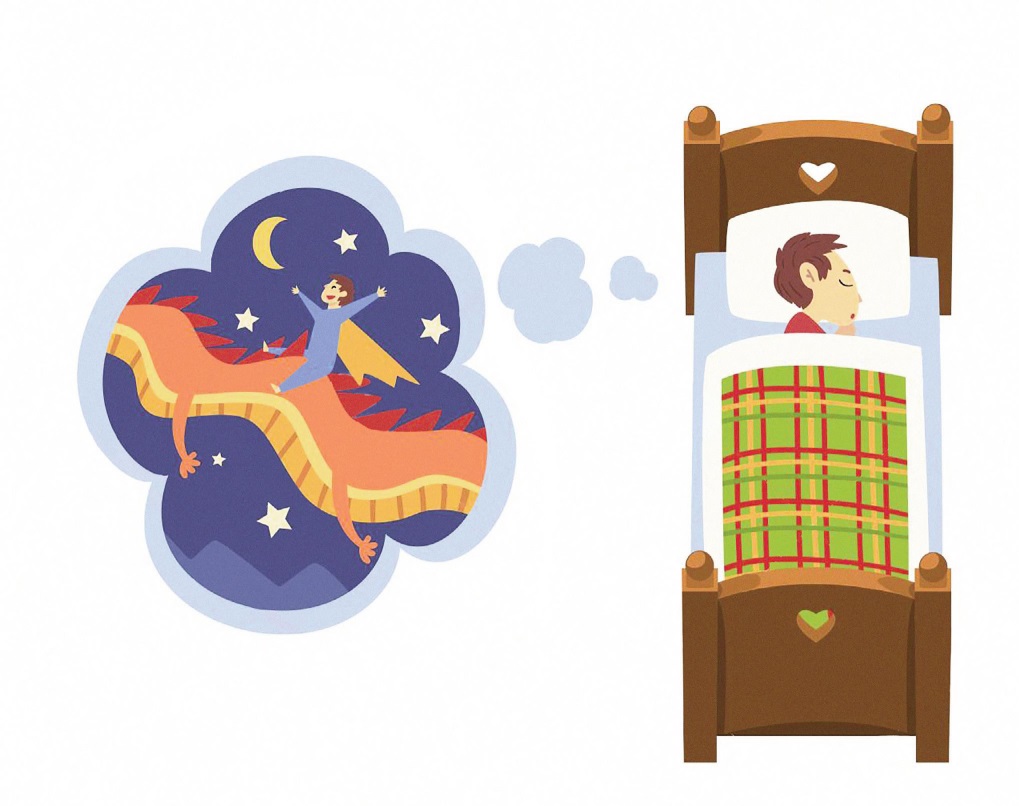PART VI: EP MAGAZINE SLEEP SERIES

DREAMS & PARASOMNIAS
BY BENJAMIN MARGOLIS, M.D.
"We are such stuff as dreams are made on, and our little life is rounded with a sleep."
– William Shakespeare, The Tempest, (IV.i.148-158)
A dream is among the most mysterious realms of human experience: we are conscious but not conscious. We can control our journeys through them, but perhaps not completely. We can remember them, but often in fragments and whispers of memory. The rules of linear time may not apply and recall may not be perfect. Ask yourself – what did you dream last night? How long did you spend dreaming? Do you remember them all? What senses do you remember being engaged? Did you dream in color or black-and-white? Were you able to smell, or to taste in your dreams? Did you have one dream or more than one? Did you have a nightmare? What made it a nightmare? Most difficult of all, what did your dreams mean? Is there a way to find out?
Experimental scientists can now create tools with a scale larger than the earth itself, when in the LIGO experiment the brightest minds in physics detected and translated the faintest traces of the Big Bang into a sound we can hear with our ears.1 Things seemingly impossible to detect are now within our reach – but the journey within, into dreams and their meaning, remain largely hidden.
Clinical neuroscientists and researchers can study the workings of the living brain in great detail and resolution. We can determine brain structure with CT (Computer Assisted Tomography) and MRI (Magnetic Resonance) imaging. Using an MRI technique called fMRI, we can observe networks within the brain functioning in real time. We can observe the electrical discharges of neurons with a routine EEG (electroencephalography) by placing electrodes on the skin. We can observe the magnetic fields generated by groups of neurons communicating with each other (MEG, or magnetoencephalography). We can even see the uptake of glucose or individual neurotransmitters such as dopamine in specific regions of the brain to help us diagnose conditions such as Parkinson’s disease.
In sleep, we have polysomnography (PSG), which includes EEG and captures sleep stages, breathing patterns, heart rate, and a